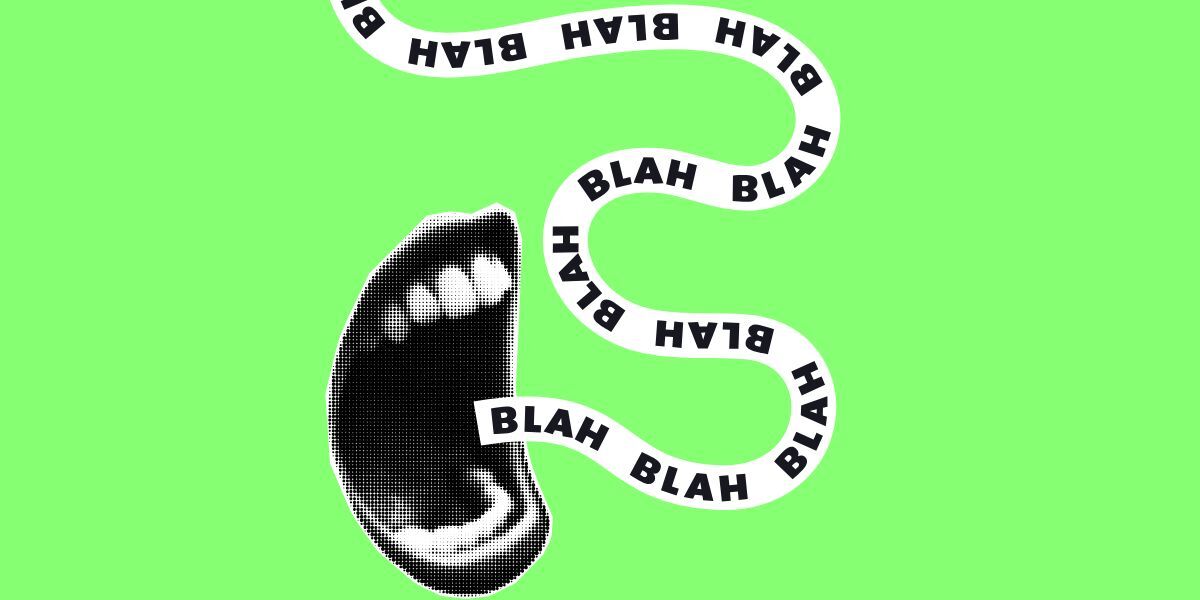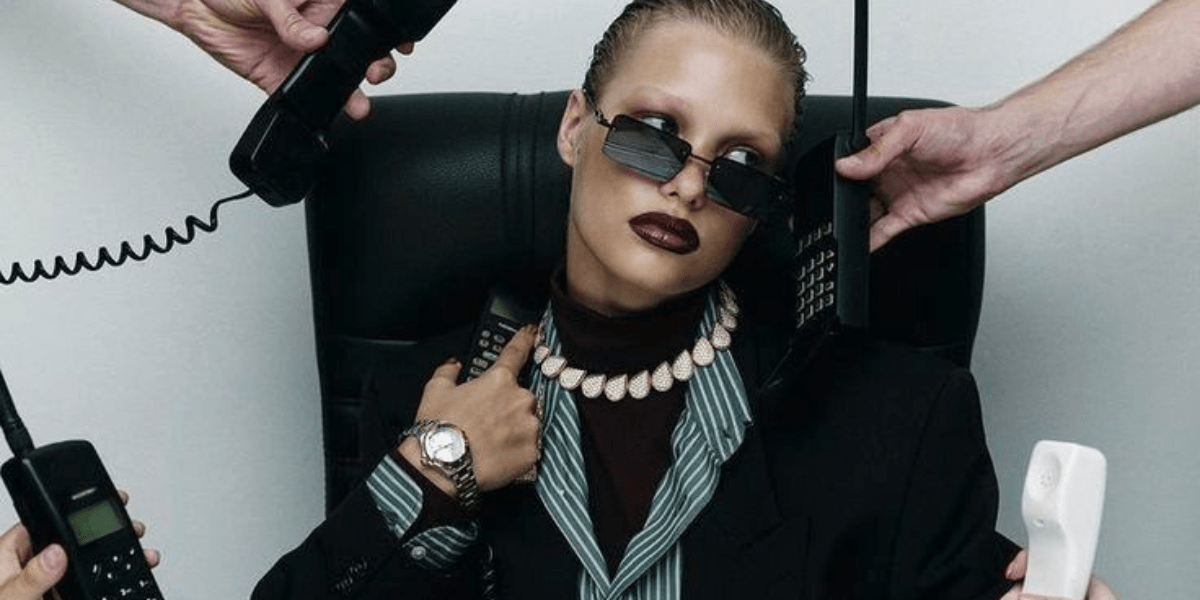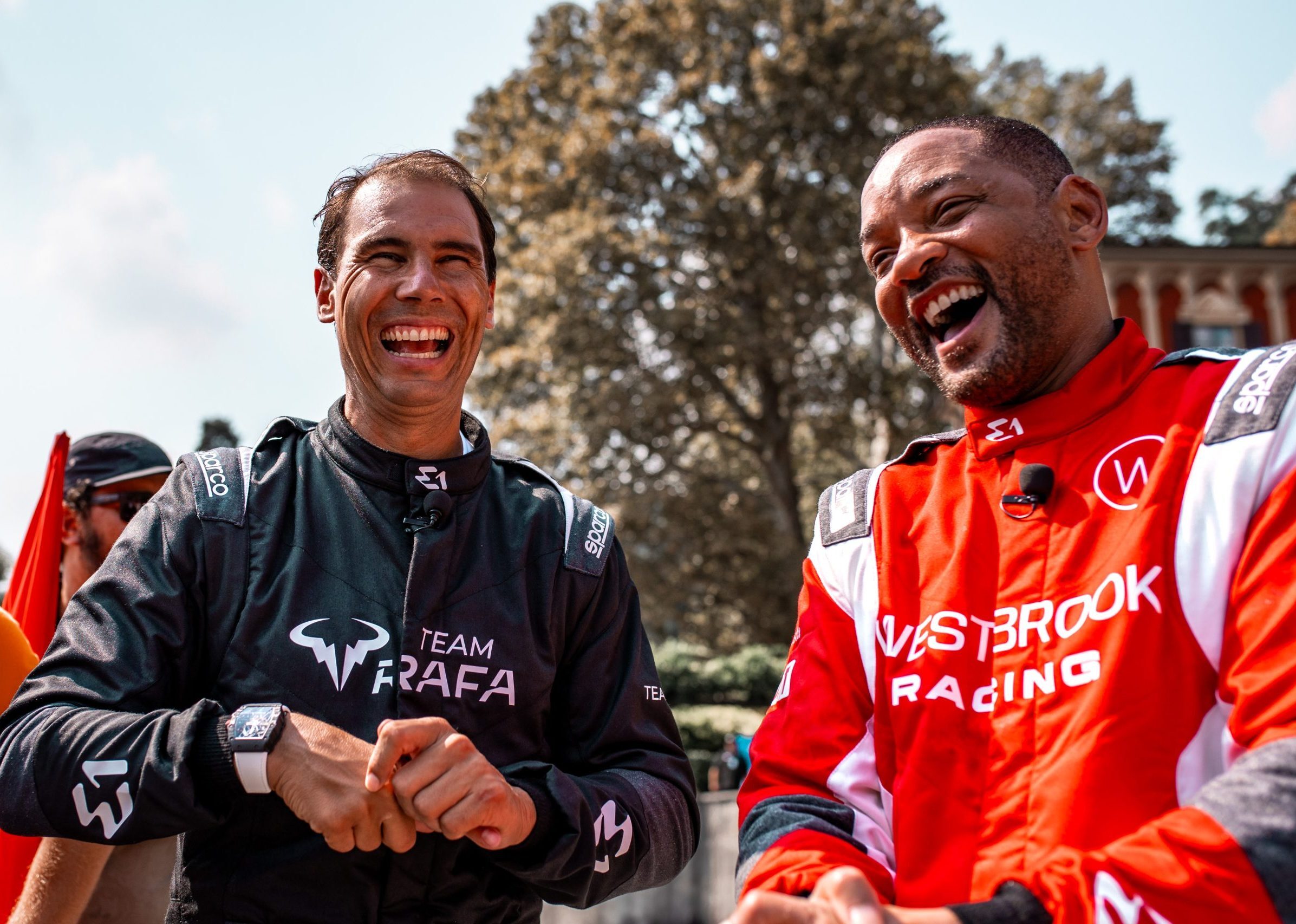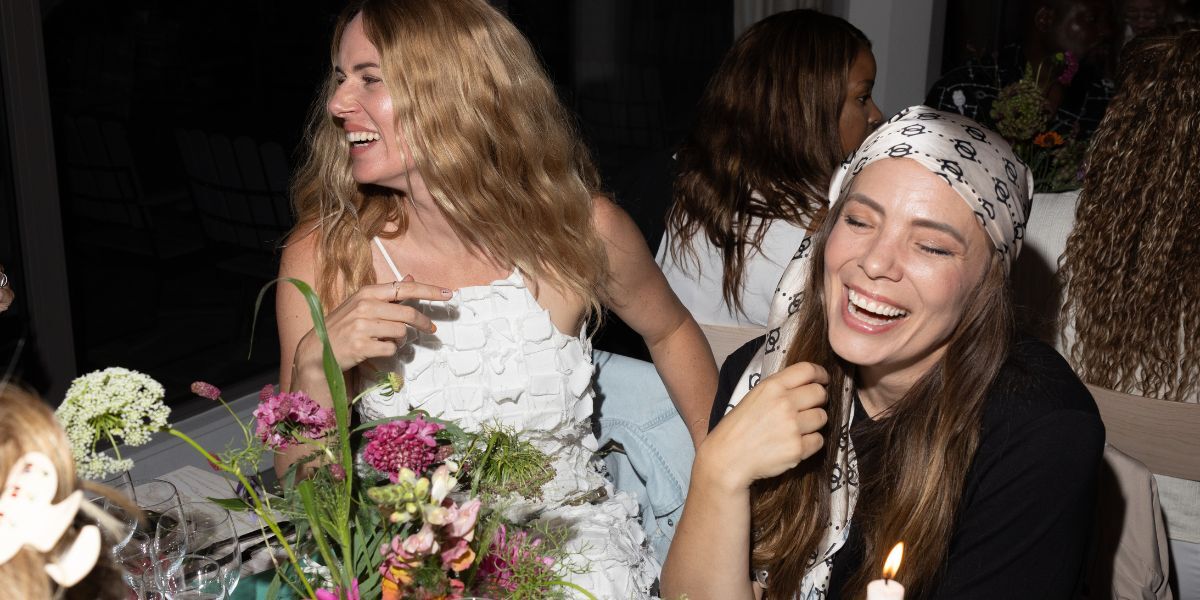The internet’s loudest brand voices used to sound human. They were playful and unpredictable. Duolingo’s unhinged owl became the gold standard, firing off viral TikToks that took the brand from 50k followers to over 16.5m under Gen Z social media manager Zaria Parvez.
But as others cottoned on, the approach stopped sounding so ‘human’, or at least so different.
Now, social media comment sections are flooded with brands trying to sound like ‘Your Cool Friend™’. Strategist Joe Burns coined the term to describe that witty, irreverent tone brands use to speak to their audience, like their audience. It’s become the norm.
Paired with the explosive adoption of AI – over 99% of CMOs report using some form of it – brand voices seem more homogenous than ever. The same phrases crop up repeatedly. In an effort to stand out, brands fade into a fast-moving blur of uniformity.
This is happening precisely when ‘authenticity’ in marketing matters most. So, what is brand voice, how has it evolved, and how can brands craft one that actually resonates?
What is brand voice?
Brand voice describes the language and tone a brand uses to communicate its personality, values and relationship with its audience, shaping a recognisable persona.
This persona travels across touchpoints, from the billboard on the tube ride home to the social media comments when you get there. To build a distinct brand identity, recall and trust, it must be consistent across all of them.
Trust is essential. Consistently reinforcing an authentic identity retains customers and attracts new ones.
How has brand voice evolved?
When traditional media dominated, brand voice was simpler. Logos and slogans made products easily identifiable in newspapers, billboards and radio spots.
Social media changed everything. Brands now communicate across dozens of channels, each with different audience expectations. Consistency has become exponentially more complex.
In response, creative approaches like that of Zaria Parvez emerged, and other brands followed.
Ryanair dived headfirst into creating ‘entertainment-first’ content. The brand leaned into its poor reputation, replying to customer complaints with irreverent responses that attracted massive viewership. Ryanair sit at over 2.6 million followers across TikTok and Instagram, while rival companies like EasyJet and Tui have less than a quarter of that.
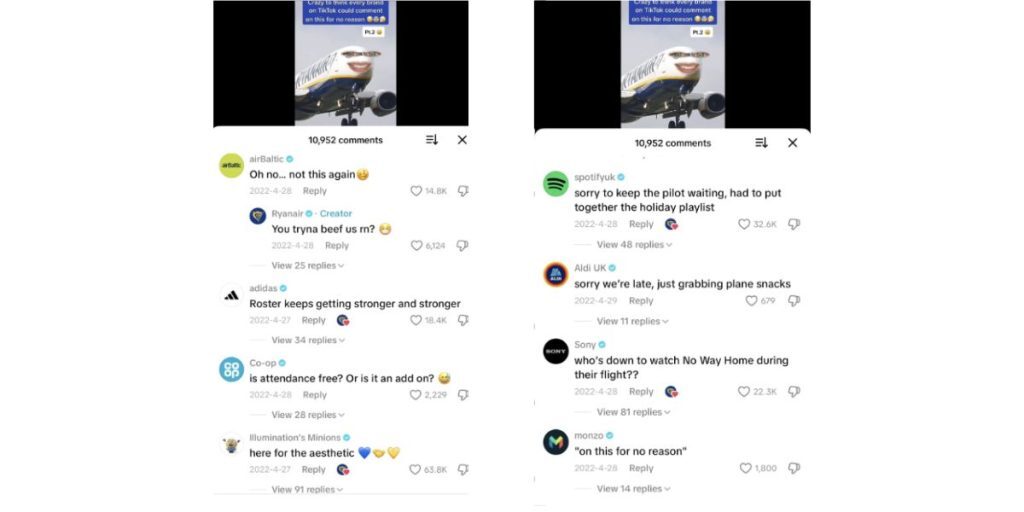
But when everyone is doing the same thing, it takes more to stand out. Brands that succeed, like Duolingo and Ryanair, do more than deploy the ‘Hey Bestie’ voice in viral comment sections. They have something distinctive that ties content to brand. For Duolingo, it’s the owl mascot. For Ryanair, the irreverence is the brand.
The AI complication for brand voice
AI has amplified the homogeneity problem.
Brands use AI to scale content, automate processes and maintain voice consistency. But large language models default to similar patterns and leave obvious signs.
Why is this bad? It’s not, necessarily. The risk isn’t AI itself. It’s the lack of human input that creates homogenous content and, in turn, erodes consumer trust. Forbes found that 55% of users feel uncomfortable on websites that rely heavily on AI-generated articles and stories, while 60% can detect the telltale signs. Coca-Cola’s AI Christmas ad last year proved consumers’ resistance. The reception was overwhelmingly negative, as viewers called it ‘soulless’ and ‘flat’.
There’s also the perception problem: AI carries the stigma of low effort.
The reality involves what’s been called a ‘collaboration loop’: humans feed into AI, AI feeds back, humans refine, and the cycle continues until the output works. But the image of someone pasting ChatGPT’s first draft directly to Instagram persists and erodes trust further.
AI is one of the fastest-growing markets globally. The UK has Europe’s largest AI sector, worth over £70 billion. It’s becoming deeply integrated into how businesses operate.
The conversation tends toward binaries – love it or hate it, use it or lose it – but this overlooks a fundamental reality: AI needs human input, always, to varying degrees. We haven’t reached artificial general intelligence. Until then, its power comes from its human user.
Great brand voices don’t happen by accident. They require strategy, testing and human creativity that AI can support but not replace.
As an integrated marketing and communications agency, we help businesses craft, test and refine brand voices, and multiply their impact through PR, influencer marketing, social media and performance marketing. If you’re ready to sound like yourself again (and make sure others hear), let’s talk.

About the author
Natalie Clement | Digital
Marketing Executive
With international experience as a digital marketer, writer, and editor, Natalie has worked across sectors including lifestyle, technology, and tourism.

